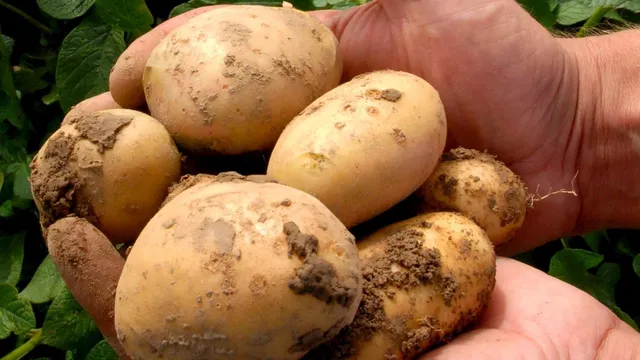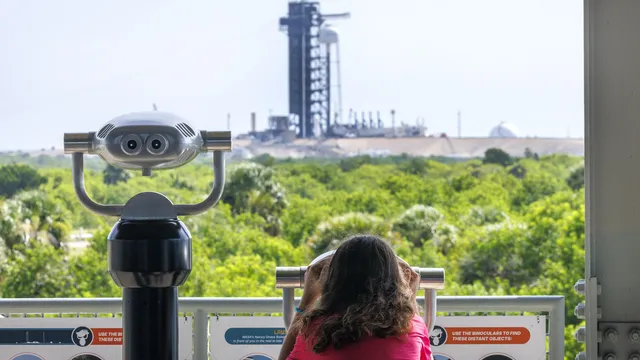Natural interbreeding between wild tomatoes and potato-like plants in South America led to the modern potato about 9 million years ago. That's according to a new study published in the journal Cell.
Co-author Lauren Riseberg, a professor at the University of British Columbia, said the findings point to a "profound shift" in evolutionary biology as scientists increasingly recognize the role of ancient hybridization events in shaping the Tree of Life.
While random mutations were previously thought to be by far the biggest driver of new species, "we now agree that the creative role of hybridization has been underestimated," he said.
Potatoes are simple, affordable and versatile, but they are one of the most important crops in the world today. But their origins have long puzzled scientists.
Modern potato plants closely resemble three species from Chile known as Etuberosum. However, these plants do not produce tubers - large underground structures like those in potatoes and sweet potatoes that store nutrients and are the part we eat.
On the other hand, genetic analysis revealed a surprising similarity to tomatoes, AFP reports.
"This is known to be a mismatch and shows that something interesting is going on!" said co-author Sandra Knapp, a research botanist at the British Museum of Natural History.
To solve the mystery, an international team of researchers analyzed 450 genomes from cultivated potatoes and 56 species of wild potatoes.
"Wild potatoes are very difficult to sample, so this dataset represents the most comprehensive collection of wild potato genomic data ever analyzed," explained lead author Jiang Zhang of the Shenzhen Agricultural Genomics Institute.
The analysis showed that modern potatoes carry a balanced genetic heritage of two ancestral species - approximately 60% from Etuberosum and 40% from tomato.
"My 'wow' moment was when the Chinese team showed that ALL potatoes, both wild species and land races, have basically the same proportion of genes from tomato and Etuberosum. This really speaks to ancient hybridization, not different cases of gene exchange later. This is so clear! Wonderful," Knapp said.
One gene called SP6A, a signal for tuber formation, originated in the tomato line. However, it only allows tuber formation when paired with the IT1 gene from Etuberosum, which controls the growth of underground stems.
The divergence between Etuberosum and tomato is thought to have started 14 million years ago - probably due to off-target insect pollination - and ended 9 million years ago.
This evolutionary event coincided with the rapid uplift of the Andes mountain range, which provided ideal conditions for the emergence of tuberous plants that could store nutrients underground.
Another key characteristic of tubers is their ability to reproduce asexually by putting out new buds without needing seeds or pollination. This trait helped them spread to South America and later around the world through human exchange.
Co-author Sanwen Huang, a professor at the Shenzhen Institute of Agricultural Genomics, said his lab is now working on a new hybrid potato that can reproduce by seed to speed up propagation.
This research shows that using the tomato "as a chassis of synthetic biology" is a promising avenue for creating this new potato, he noted. | BGNES

 Breaking news
Breaking news
 Europe
Europe
 Bulgaria
Bulgaria







